Manu National Park, declared a UNESCO World Heritage Site, is a natural treasure in southeastern Peru. This park has the greatest biological diversity in the country, a true paradise between the Andes and the Amazon! Many travelers ask themselves, “What to do in Manu National Park?” to make the most of this unique experience. Below, we tell you everything about Manu and the must-do activities in its forests. You’ll discover where it is, how to get there, the best times to visit, what flora and fauna you’ll see, practical tips, and more, all with a clear and accessible focus.
The Biosphere of Manu National Park
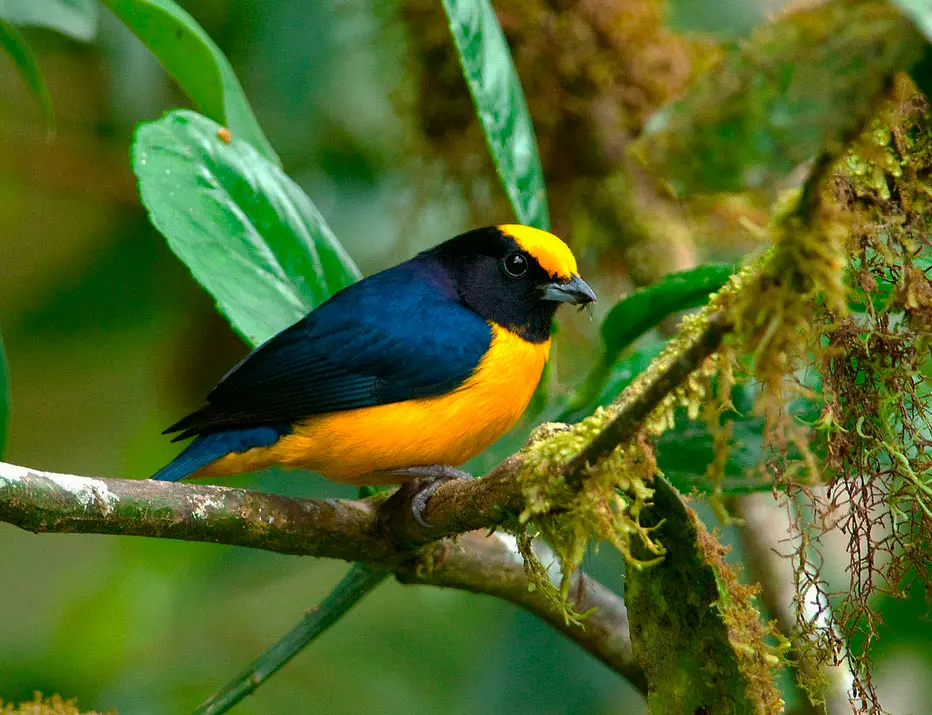
Where is Manu National Park?
Manu National Park is located in southeastern Peru, between the departments of Cusco and Madre de Dios. Its enormous territory covers almost 1.9 million hectares. The park includes lowland rainforest and cloud forests at high altitude, ranging from 300 to over 4,000 meters above sea level. This variety of ecosystems allows for exceptional biodiversity, including more than 1,000 species of birds and 200 mammals. For this reason, it was declared a Biosphere Reserve in 1977 and a Natural World Heritage Site in 1987.
Important Facts About Manu National Park
- The most biodiverse protected area in Peru and one of the most biodiverse places on the planet. It stands out for hosting the greatest number of species of birds, mammals, and plants recorded in a single national park.
- More than 1,300 species of butterflies have been recorded in the Manu National Reserve.
- Manu National Park is home to over 1,000 species of birds, making it one of the places with the greatest bird diversity in the world.
- Manu harbors an astonishing diversity of flora, with estimates ranging between 2,000 and over 20,000 species of plants.
- More than 136 species of dragonflies have been recorded in Manu National Park.
- According to research, in just one hectare of Manu forest, about 40,000 specimens of different insects live, most of them beetles.
- Manu National Park is home to around 223 species of mammals.
- Manu is one of the few places in the world where Indigenous peoples in voluntary isolation coexist, such as the Mashco Piro, along with native communities like the Matsigenka.
- The most biodiverse protected area in Peru.
- It contains cloud forest, lowland rainforest, and mid-elevation rainforest.
- Home to iconic species like the cock-of-the-rock, the spectacled bear, and the jaguar.
- Access is only possible through authorized guided tours.
- Ideal for travelers seeking sustainable tourism and pure nature.
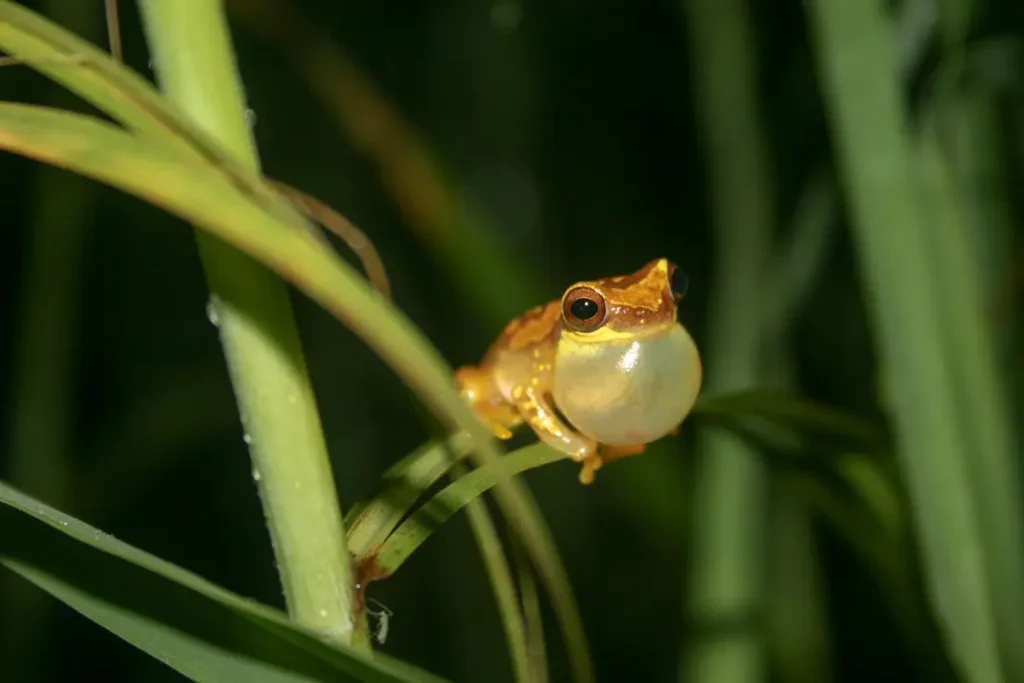
How to Get to Manu National Park
The most common way to reach Manu is from the city of Cusco. From there, you take a road to the town of Paucartambo, cross the cloud forest, and descend to the high jungle. Then, you continue by river from the port of Atalaya in a boat on the Madre de Dios River.
It’s also possible to access from Puerto Maldonado, combining land and river transport. In both cases, you must travel with an authorized agency, such as Travel Peru Agency, which organizes all transportation, meals, lodging, and expert guides.
What to Do in Manu National Park: Must-Do Activities
1. Walks Through the Rainforest
Explore trails surrounded by dense vegetation and observe a wide variety of Amazonian flora. These walks allow you to see ancient trees, medicinal plants, and wildlife such as birds, monkeys, and sloths.
2. Observation of Exotic Birds
During the journey, you’ll be able to spot iconic species like the harpy eagle, macaws, parrots, and toucans. Birdwatching is one of the most outstanding activities, thanks to Manu’s biodiversity. If you’re wondering what to do in Manu National Park, birdwatching is one of the top recommended activities because of the park’s incredible natural diversity.
3. Amazon Wildlife Watching
In addition to birds, you’ll have the chance to see monkeys, deer, tapirs, wild pigs, sloths, and perhaps even big cats like the jaguar (if you’re lucky). All of this is done in their natural habitat and in silence to avoid disturbing them.
4. Boat Rides on Rivers and Lakes
Navigate the Amazonian rivers in motorboats or paddle canoes. These rides let you discover the jungle from a different perspective and make it easier to spot caimans, aquatic birds, and giant otters.
5. Visit to Lake Sandoval
One of the most beautiful spots in the region, Lake Sandoval offers the opportunity to swim safely, paddle a canoe, watch the sunset, and enjoy breathtaking landscapes surrounded by biodiversity. If you’re wondering what to do in Manu National Park, this visit is one of the most recommended experiences due to its scenic beauty and natural richness.
6. Macaw and Parrot Clay Lick
Visit a natural gathering point where numerous species of macaws and parrots come together to feed on mineral-rich clay. It’s a colorful and noisy spectacle at dawn, perfect for nature lovers and photographers.
7. Canopy Walk and Hanging Bridge
Climb a 27-meter tower and cross an 89-meter hanging bridge above the treetops. From there, you’ll be able to spot species you can’t see from the ground, such as howler monkeys or birds in flight.
8. Zip Line in the Jungle
Glide along a 190-meter cable over the treetops, feeling the adrenaline of flying over the Amazon rainforest. The activity includes all safety equipment and is guided by experts.
9. Traditional Piranha Fishing
Participate in an authentic experience by fishing for piranhas in a jungle river. If you wish, the lodge’s chef can cook them for lunch with local flavors.
10. Night Walks in the Jungle
Explore the jungle at dusk with a flashlight and a guide. You’ll discover insects, frogs, tarantulas, owls, and other nocturnal species in their habitat, in an immersive and thrilling experience.
11. Amazonian Stories and Legends
After dinner, relax with traditional stories told by local guides. These tales allow you to learn about the cultural and spiritual imagination of Amazonian communities.
12. Visit to the Local Market of Puerto Maldonado
On the last day of the trip, you can walk through the main market to buy handicrafts made by native communities, such as necklaces, carved figures, or natural Amazonian products.
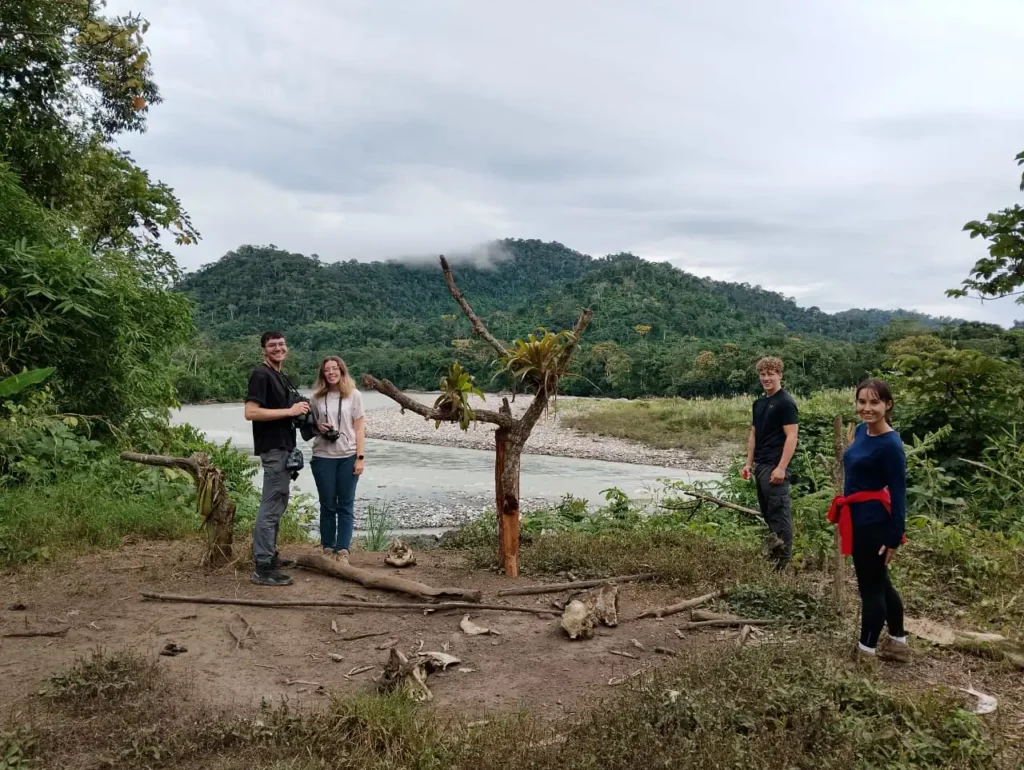
Best Time to Visit Manu National Park
The best time to travel to Manu National Park is between April and November, during the dry season. During this period, there is less rain, the trails are more accessible, and it is easier to see active animals.
Between May and September, the cloud forest mornings are usually clear, ideal for hiking and photography. From December to March, it is rainy season, and although the park remains open, access can become complicated due to weather conditions.
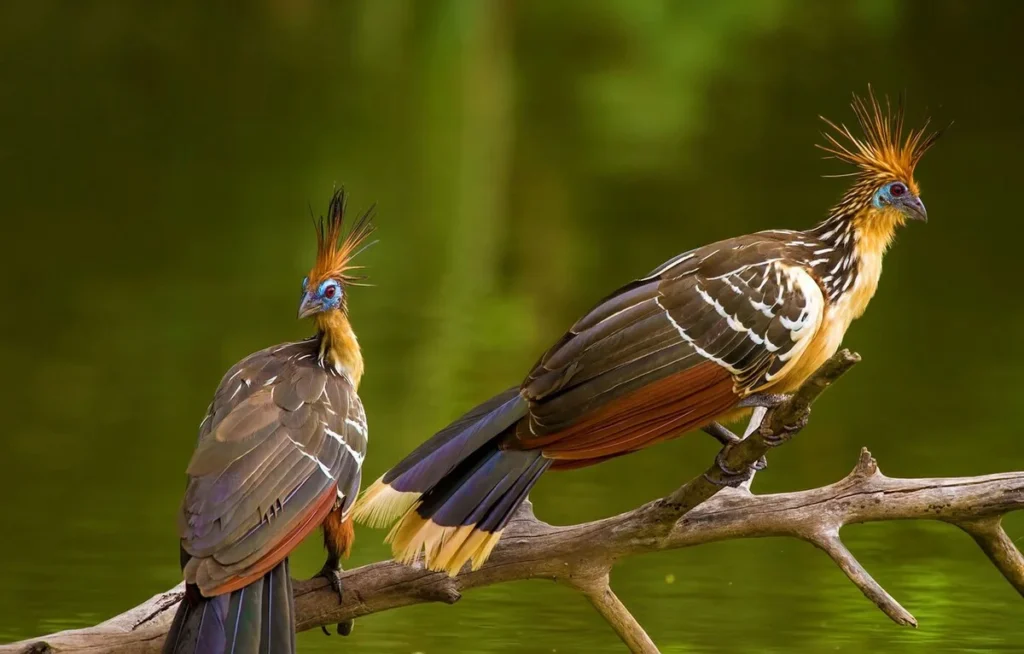
Fauna and Flora of Manu National Park
The biological richness of Manu is impressive: it is home to 228 species of mammals and around 1,030 species of birds. This means almost half of Peru’s mammals and more than half of its birds are found in a single park.
- Mammals: You may (if you’re lucky) see jaguars (otorongos), pumas, tapirs (sachavacas), Andean spectacled bears, deer, capybaras (ronsocos), monkeys of various species (spider monkey, capuchin, choro monkey), and the elusive giant river otter. At night, you may hear giant frogs calling or see black caimans basking on the riverbanks.
- Birds: Manu is a paradise for birdwatchers. You will see red and green macaws, toucans, hummingbirds, kingfishers, hoatzins, herons, and the famous cock-of-the-rock with its brilliant orange plumage. You’ll also find harpy eagles, blue kingfishers, tanagers, and countless parrots that gather at clay licks to eat minerals.
- Reptiles and Amphibians: There are black caimans and white caimans on the riverbanks, snakes (boas and vipers), river turtles, and lizards. As for amphibians, the humid forests are home to colorful frogs and poisonous toads. Manu holds the world record for a protected area: 132 species of reptiles and 155 species of amphibians documented.
- Medicinal Plants: Manu’s vegetation is also astonishing: more than 4,000 species of plants. Among them, there are many medicinal plants used by local communities. Some well-known examples include cat’s claw (Uncaria tomentosa), an anti-inflammatory; ayahuasca (Banisteriopsis caapi), used in traditional rituals; and chuchuhuasi (Maytenus krukovii), for muscle pain. You’ll also find abundant orchids and palm swamp plants, as well as giant trees like lupuna, cedar, and Brazil nut trees.
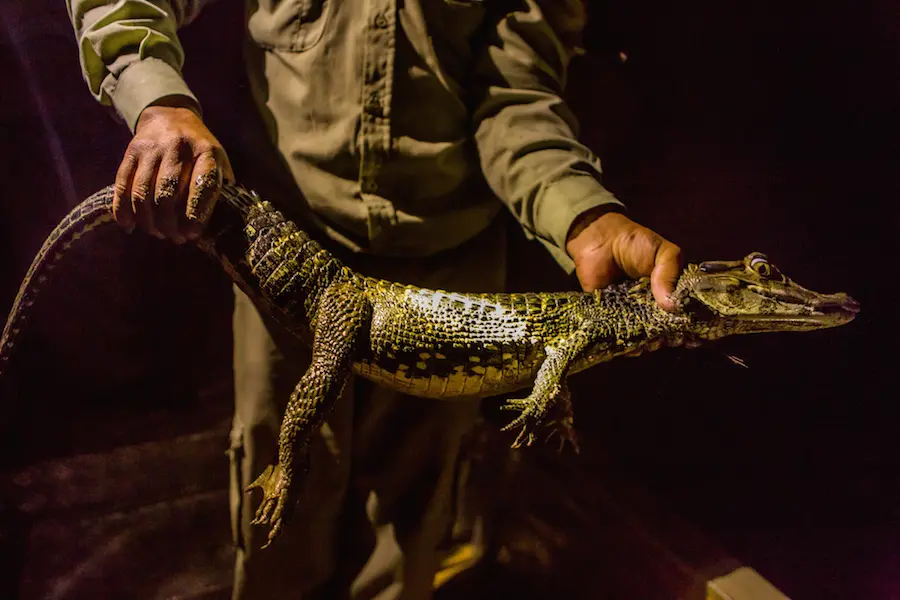
Tips and Recommendations for Visiting Manu National Park
If you’re planning your adventure and wondering what to do in Manu National Park, you should know that this destination offers unique experiences such as birdwatching, navigating Amazonian rivers, and observing wildlife in its natural habitat. To make the most of your visit, keep in mind the following recommendations:
- Entry is only allowed with an authorized tour. We recommend doing it with Travel Peru Agency for their experience and safety.
- Bring lightweight clothing, a rain jacket, hiking boots, insect repellent, sunscreen, and binoculars.
- Avoid bringing single-use plastics. Manu promotes sustainable and responsible tourism.
- Do not feed the animals or leave the marked trails.
- Always follow the instructions of local guides and park rangers.
- Bring cash for small expenses, as there are no ATMs or banking networks in the jungle.
- Stay well-hydrated and take simple preventive health measures.
- Register your entry at the park’s control posts.
Frequently Asked Questions About What to Do in Manu National Park
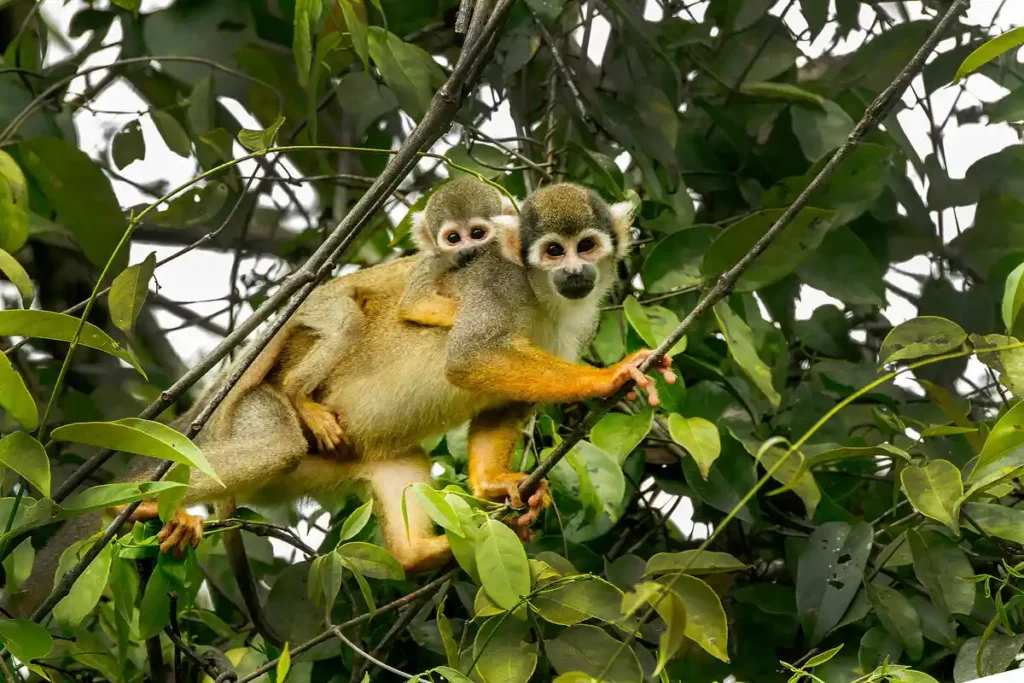
1. What can you see on a typical tour in Manu National Reserve?
On a standard tour, you’ll witness the changing landscapes, from the Andes to the Amazon rainforest. You can walk through the jungle, navigate lakes, see monkeys, birds, and caimans, and sleep in eco-lodges or campsites.
2. Can you see the spectacled bear in Manu National Reserve?
The spectacled bear inhabits the highland areas of the park, especially in the cloud forest. Although it’s not easy to spot, guides will take you along routes where it has recently been sighted.
3. Where do visitors stay when visiting Manu Reserve?
Visitors stay in authorized eco-lodges or rustic campsites inside the park. Everything is included in the tours organized by agencies such as Travel Peru Agency.
4. Is it necessary to book a guided tour to Manu National Reserve?
Yes, it is mandatory. Independent entry into the park is not allowed. Only authorized agencies can operate within Manu National Park.
5. How many days are needed to explore Manu National Park?
To enjoy everything there is to do in Manu National Park, it’s ideal to book between 4 and 7 days. This will give you enough time to explore the lowland jungle, cloud forest, clay licks, lagoons, and learn about the local culture.
6. What is the best time of year to visit Manu National Reserve?
The best time to travel to Manu National Park is between April and November, when rainfall is lower and outdoor activities are more enjoyable.
In summary, what to do in Manu National Park is answered with adventure, nature, and culture. From jungle hikes, wildlife watching, experiences with native communities, to photo safaris and rafting tours, everything is designed to connect you with one of the most diverse ecosystems on the planet.
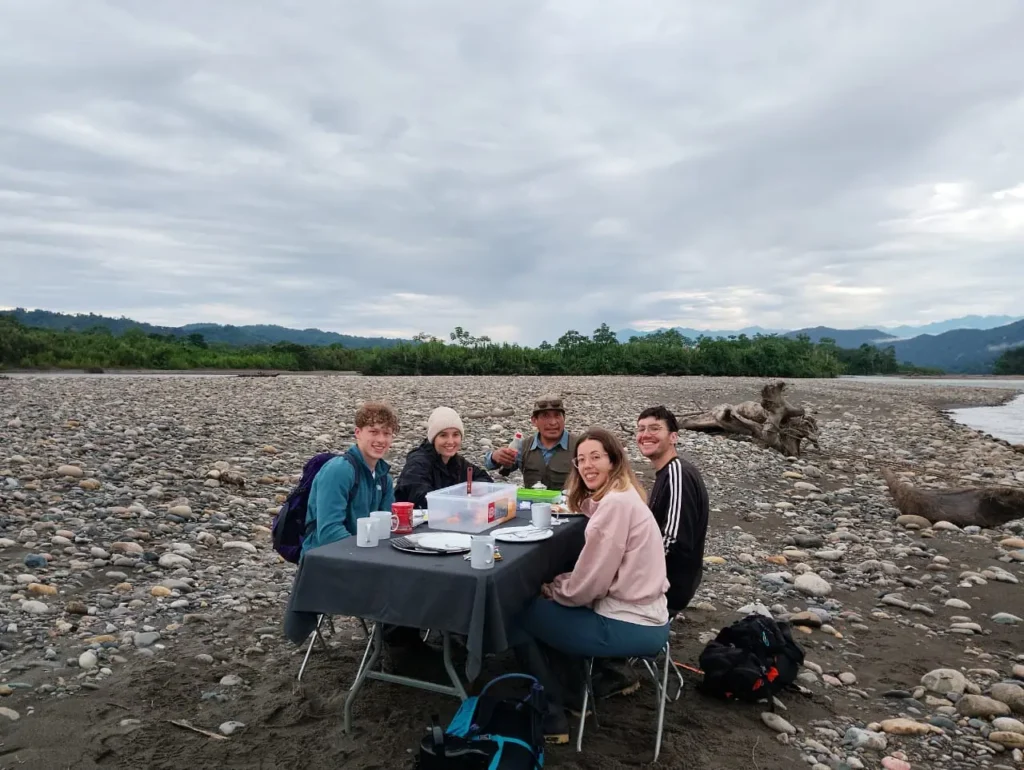
If you dream of exploring the Peruvian jungle and living a unique adventure, Manu National Park awaits you. Contact us and book your tour to one of the most biodiverse national parks on the planet.
